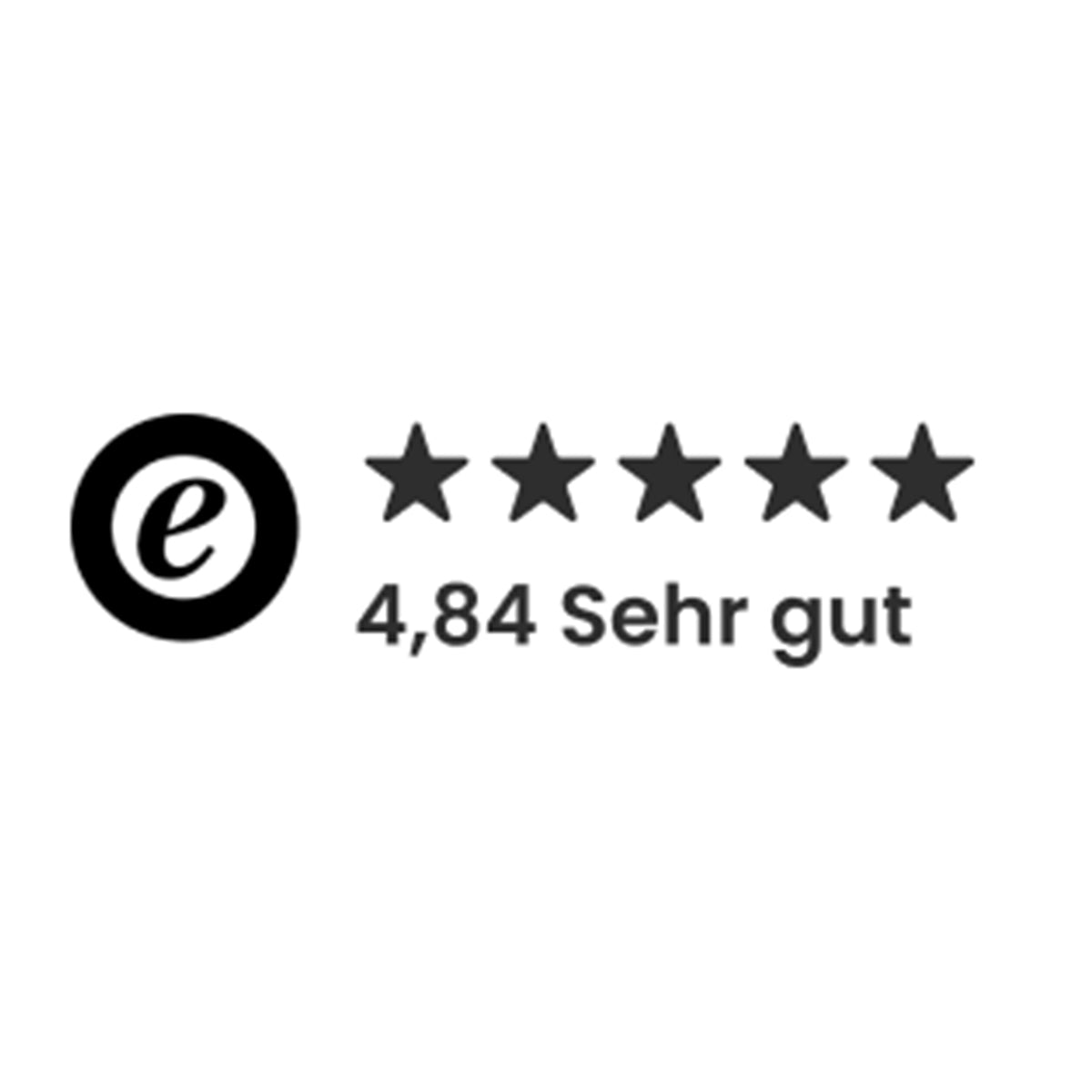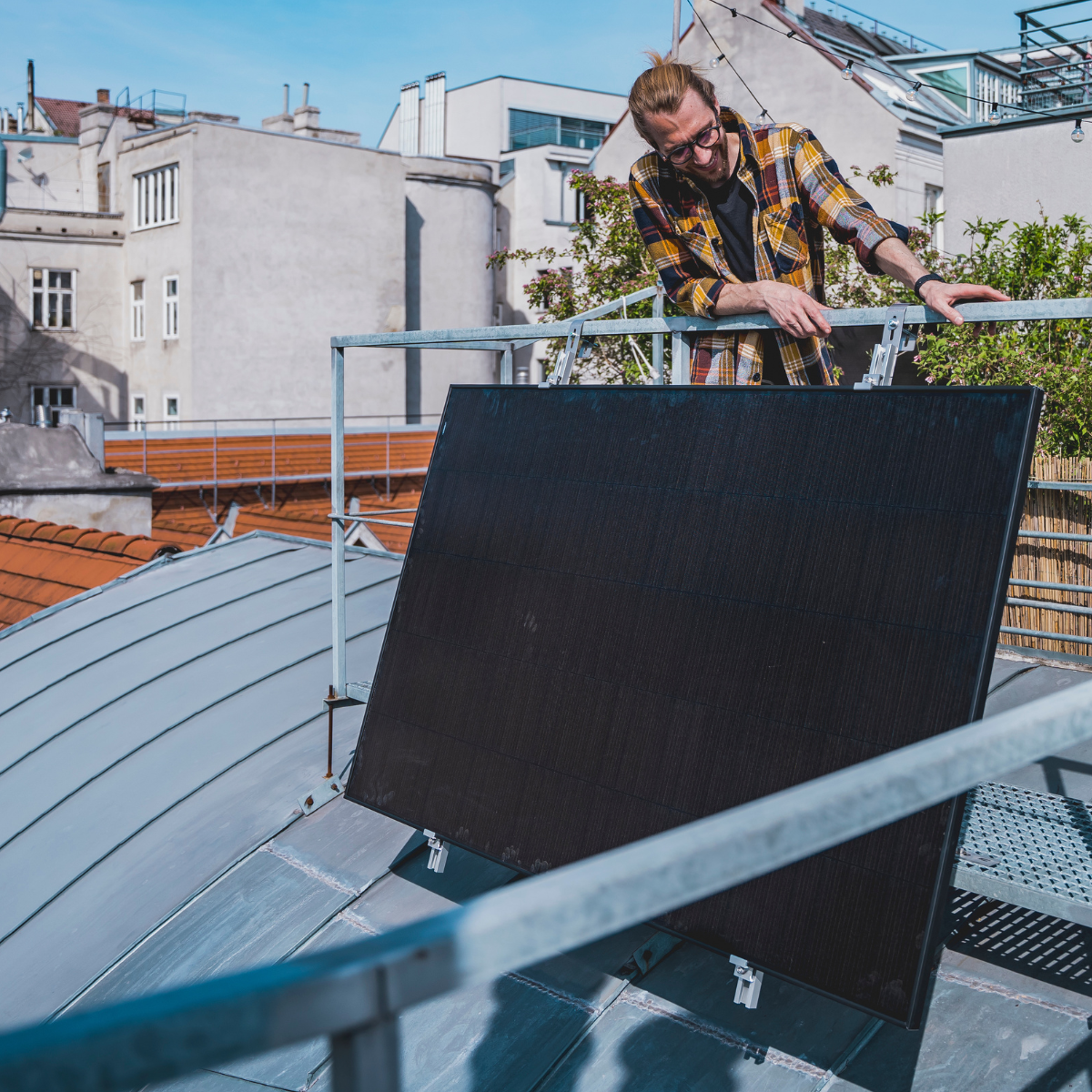What would a sunset at the lake or at the campsite be without a well-chilled lemonade or a cold beer? That's why a Cooler box as basic equipment for everyone who travels with a camper or van. But How do you power the box if there is no power outlet nearby?
We show you, which power station fits your cooler and what you should pay attention to when choosing.
Which cooler is compatible with power stations?
Energy-saving coolers with compressor technology are particularly compatible with power stations – because only they can be operated efficiently and reliably with a mobile power source.
1. Compressor coolers
These cool boxes work like a refrigerator – with a small compressor that only starts when needed.
Advantages:
- Low energy consumption (usually 30–60 W)
- Works reliably even at ambient temperatures above 30 °C
- 12 V, 24 V and 230 V connections
- Economical continuous operation possible – ideal for camping & traveling
Examples:
- Dometic CFX series
- EcoFlow GLACIER
- EcoFlow GLACIER Classic Series
- Alpicool, Engel, Mobicool and many more
Which coolers are not compatible with a power station?
2. Thermoelectric coolers
They operate through a constant flow of current, but consume significantly more energy – and run continuously.
Disadvantages:
- High continuous consumption (40–60 W permanent)
- No temperature control – often only 15–20 °C below ambient temperature
- Not efficient for longer stand-alone use
3. Absorption coolers
These devices use gas or heating elements – their power consumption is very high, making them unsuitable for mobile energy systems.
| Cooler box type | Compatible with power stations? | Recommendation |
| Compressor cooler box | Yes | Top recommendation |
| Thermoelectric box | Restricted | Only for short time |
| absorption cooler | No | Not suitable |
A compressor cooler is ideal for mobile use. It's economical, efficient, and designed for operation with 12 V/24 V or 230 V. Important: Make sure your cooler has a cigarette lighter socket (DC) or an AC plug.
While driving, the box can be powered by the starter battery. However, when stationary, it should be powered by a power station to conserve the vehicle's battery. This way, you remain independent of shore power and are self-sufficient on the road.
Our recommendations for compressor coolers -min.png)
-min.png)
Among the current compressor coolers, these six are our favorites in terms of economy, capacity, and handling. The EcoFlow GLACIER Classic series is one of the most innovative coolers currently on the market and is available in our shop.
| Model | capacity | Temperature range | Performance | Power supply | Special features |
| EcoFlow GLACIER Classic 35 L | 35 L | +20 °C to –20 °C | 55 W | Battery / 12/24 V / 230 V | Switchable single zone, app control, with optional plug-in battery up to 43 hours of cooling |
| EcoFlow GLACIER Classic 45 L | 45 L | +20 °C to –20 °C | 55 W | Battery / 12/24 V / 230 V |
Dual-zone system, app control, with optional plug-in battery up to 39 hours of cooling |
| EcoFlow GLACIER Classic 55 L | 55 L | +20 °C to –20 °C | 55 W | Battery / 12/24 V / 230 V |
Dual-zone system, app control, with optional plug-in battery up to 39 hours of cooling |
| EcoFlow GLACIER | 38 L | +10 °C to –25 °C | 50 W | Integrated battery, 12/24 V DC, 230 V AC, XT60 | Battery, ice cube function, 2 cooling zones, app control |
| Dometic CFX3 35 | 36 L | +20 °C to –22 °C | 45 W | 12/24 V DC, 230 V AC | Very robust, vibration-resistant, app control, USB charging socket |
| Alpicool T50 | 50 L | +20 °C to –20 °C | 40 W | 12/24 V DC, 230 V AC | Affordable, eco mode, compact design, digital display |
Calculate the consumption of your compressor cooler
If we look at the performance of the three coolers, we can also determine the average daily consumption in watt-hours (Wh).
2. Formula for calculation:
Power consumption (watts) × running time (hours/day) = daily consumption in watt-hours (Wh)
Example: Glacier with 50 W:
50 W × 8 h = 350 Wh per day
Actual consumption varies depending on:
- Ambient temperature
- loading
- Preset temperature
- Frequency of opening the box
If your cooler consumes about 300 to 400 Wh per day, you should choose a power station with a usable capacity that at least covers this requirement – ideally, it should be slightly higher to allow for higher temperatures or additional devices. Power station with around 500–1000 Wh capacity In this case, it offers you a good balance between running time, weight and flexibility.
What you should keep in mind:
Pay attention to the power requirements of your cooler: For models with a high starting current (e.g. large refrigerators), a model with a high output power (e.g. DELTA 2) is recommended.
- Use the 12 V DC output if possible – it is more efficient than using the 230 V AC via the inverter.
- For long-term operation: Combine with a portable solar panel (e.g. SOLA Ease 140 Wp) for a truly self-sufficient setup.
Our power station recommendations for energy-saving coolers
.webp)
In our online shop you will find all our recommendations. Simply calculate your power requirements and find the right power station with us!
| Power station | Capacity (Wh) | Recommended for | Special features |
| EcoFlow RIVER 2 Max | 512 Wh | Alpicool T50 (1 day operation) | Lightweight, very compact, fast charging |
| EcoFlow RIVER 2 Pro | 768 Wh | Alpicool T50, Dometic CFX3 (1–1.5 days operation) | More capacity for longer tours |
| EcoFlow DELTA 2 | 1024 Wh | Dometic CFX3, EcoFlow GLACIER Classic (2–3 days operation) | Expandable, very fast charging, app control |
| EcoFlow DELTA 2 Max | 2048 Wh | EcoFlow GLACIER Classic, large coolers (4+ days with extension) | Large reserves, ideal for self-sufficient camping |
The right combination of power station and cool box
Compressor coolers like the EcoFlow GLACIER Classic, Dometic CFX3, or Alpicool T-Series offer reliable cooling with low energy consumption—ideal for self-sufficient travel. Their daily power consumption is around 300–400 Wh , making them perfect for use with mobile power stations .
The combination of a compact cooler and a smart power station not only ensures cool drinks and fresh food – it makes you less dependent on the power grid, more flexible in your travel planning, and more comfortable on the go.
Your to-do: Choose a compressor cooler, calculate your energy needs, and select your power station accordingly – for maximum freedom with minimal effort.
Please note: The actual operating time of your cooler or freezer depends on several factors. The ambient temperature influences how often the device needs to recool. The load also plays a role – a well-filled cooler retains the cold better and thus extends its operating time. The preset temperature and how often you open the cooler also directly affect the operating time.
If you pre-cool your box, load it efficiently, and only open it when needed, you'll get the maximum uptime.









